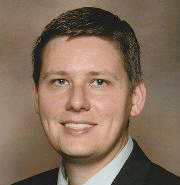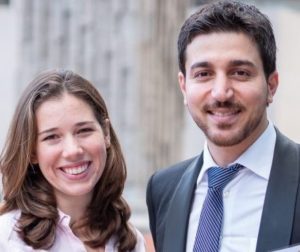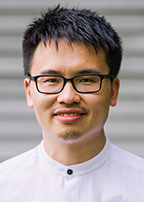 Abstract: Additive manufacturing (AM), or 3D printing, is beginning to deliver on its long-promised potential to transform industrial production. Already, tooling and molds are making regular use of AM’s rapid CAD-to-part flexibility to deliver in days what previously took months. In addition, AM facilitates much greater geometric complexity, which increases the value proposition for AM fabricated parts that are serving in increasingly critical roles. However, the rate of industrial insertion remains slow due to stubborn problems in process variability arising from the spatial and dynamic complexity of AM, amplifying challenges in qualification. In-process measurement and analysis, and the utilization of that data in closed-loop feedback control, are widely regarded as the remedy. This talk will explore one such instance in a blown-powder, direct energy deposition (sometimes referred to as LENS) process. Here, a laser scanner is used to detect and correct geometric anomalies. The talk will consider how in-layer and layer-to-layer dynamics may couple to create multi-dimensional dynamic behavior not typically considered, and how novel control methods may stabilize these processes.
Abstract: Additive manufacturing (AM), or 3D printing, is beginning to deliver on its long-promised potential to transform industrial production. Already, tooling and molds are making regular use of AM’s rapid CAD-to-part flexibility to deliver in days what previously took months. In addition, AM facilitates much greater geometric complexity, which increases the value proposition for AM fabricated parts that are serving in increasingly critical roles. However, the rate of industrial insertion remains slow due to stubborn problems in process variability arising from the spatial and dynamic complexity of AM, amplifying challenges in qualification. In-process measurement and analysis, and the utilization of that data in closed-loop feedback control, are widely regarded as the remedy. This talk will explore one such instance in a blown-powder, direct energy deposition (sometimes referred to as LENS) process. Here, a laser scanner is used to detect and correct geometric anomalies. The talk will consider how in-layer and layer-to-layer dynamics may couple to create multi-dimensional dynamic behavior not typically considered, and how novel control methods may stabilize these processes.
Biographical Sketch: Dr. Douglas A. Bristow is currently an Associate Professor in the Department of Mechanical and Aerospace Engineering at the Missouri University of Science and Technology (Missouri S&T). He received his B.S. in Mechanical Engineering from Missouri S&T in 2001. He received his M.S. and Ph.D., also in Mechanical Engineering, from the University of Illinois at Urbana-Champaign in 2003 and 2007, respectively. Dr. Bristow is the Director of the Center for Aerospace Manufacturing Technologies, an industry consortium that currently includes eleven member companies. He has more than 80 peer-reviewed publications and his research interests include precision motion control, repetitive and iterative process control, additive manufacturing process control, atomic force microscopy, and volumetric error compensation in machine tools and robotics. Dr. Bristow’s research is currently funded by the National Science Foundation, the Department of Energy, the Digital Manufacturing and Design Innovation Institute, and multiple companies. He is an Associate Editor at the ASME Journal of Dynamic Systems, Measurement and Control.


